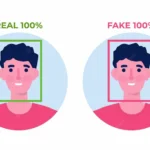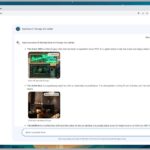.jpg)
That might be tricky since you partner so deeply with a big tech company. Do you feel your mission is aligned with Microsoft’s?
In the sense that they believe that this is our mission.
But that’s not their mission.
No, that’s not their mission. But it was important for the investor to actually believe that it’s our mission.
When you joined in 2018, OpenAI was mainly a research lab. While you still do research, you’re now very much a product company. Has that changed the culture?
It has definitely changed the company a lot. I feel like almost every year, there’s some sort of paradigm shift where we have to reconsider how we’re doing things. It is kind of like an evolution. What’s more obvious now to everyone is this need for continuous adaptation in society, helping bring this technology to the world in a responsible way, and helping society adapt to this change. That wasn’t necessarily obvious five years ago, when we were just doing stuff in our lab. But putting GPT-3 in an API, in working with customers and developers, helped us build this muscle of understanding the potential that the technology has to change things in the real world, often in ways that are different than what we predict.
You were involved in Dall-E. Because it outputs imagery, you had to consider different things than a text model, including who owns the images that the model draws upon. What were your fears and how successful you think you were?
Obviously, we did a ton of red-teaming. I remember it being a source of joy, levity, and fun. People came up with all these like creative, crazy prompts. We decided to make it available in labs, as an easy way for people to interact with the technology and learn about it. And also to think about policy implications and about how Dall-E can affect products and social media or other things out there. We also worked a lot with creatives, to get their input along the way, because we see it internally as a tool that really enhances creativity, as opposed to replacing it. Initially there was speculation that AI would first automate a bunch of jobs, and creativity was the area where we humans had a monopoly. But we’ve seen that these AI models actually have a potential to really be creative. When you see artists play with Dall-E, the outputs are really magnificent.











